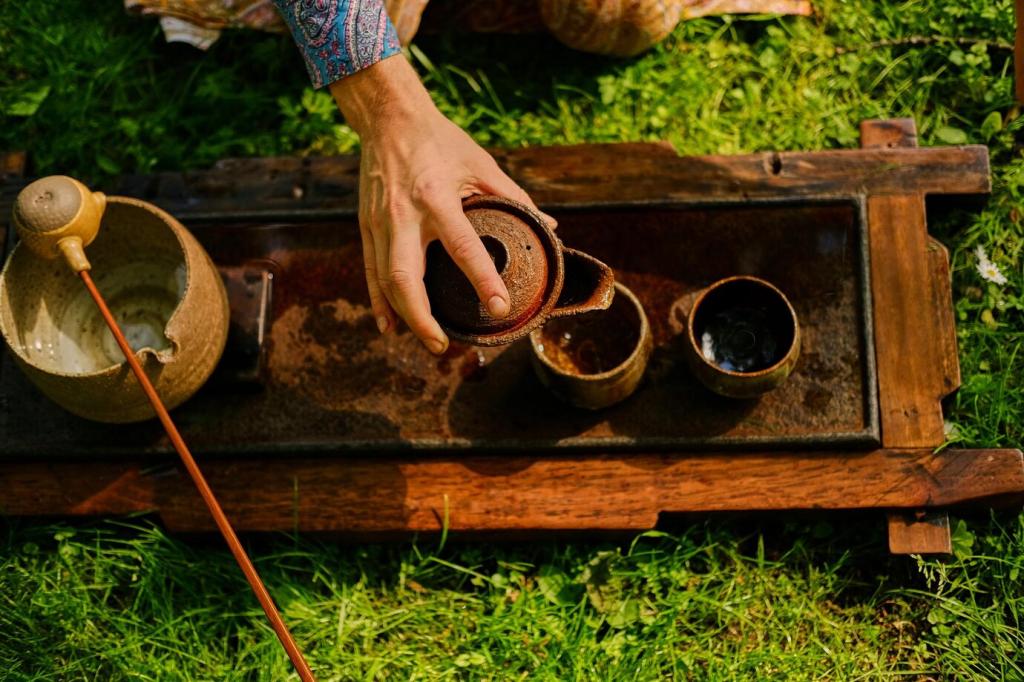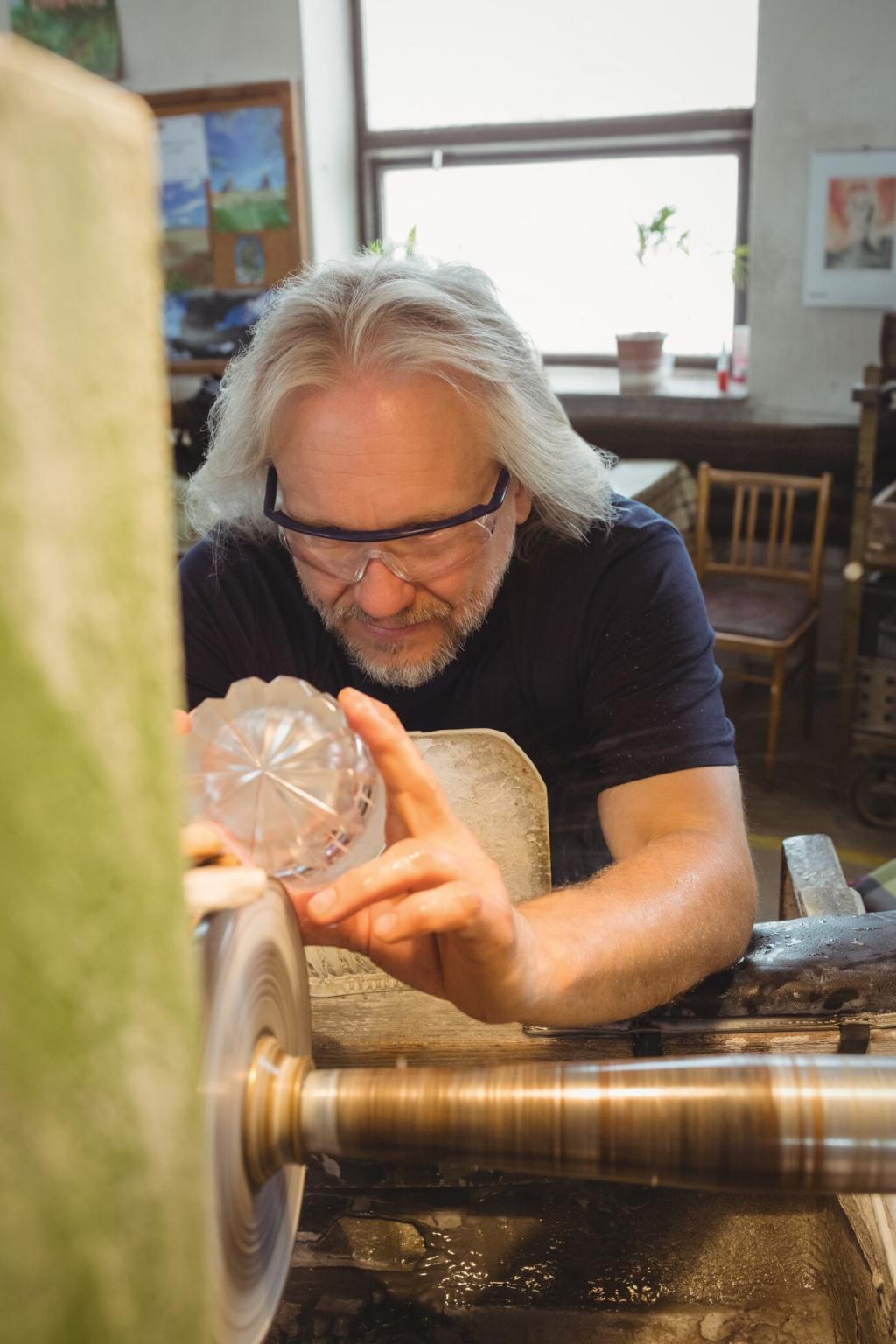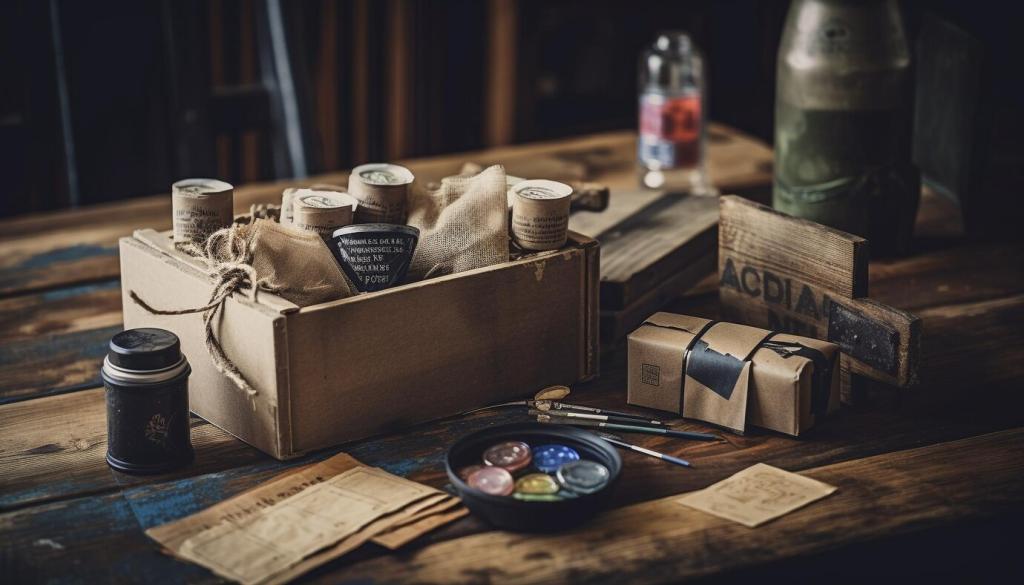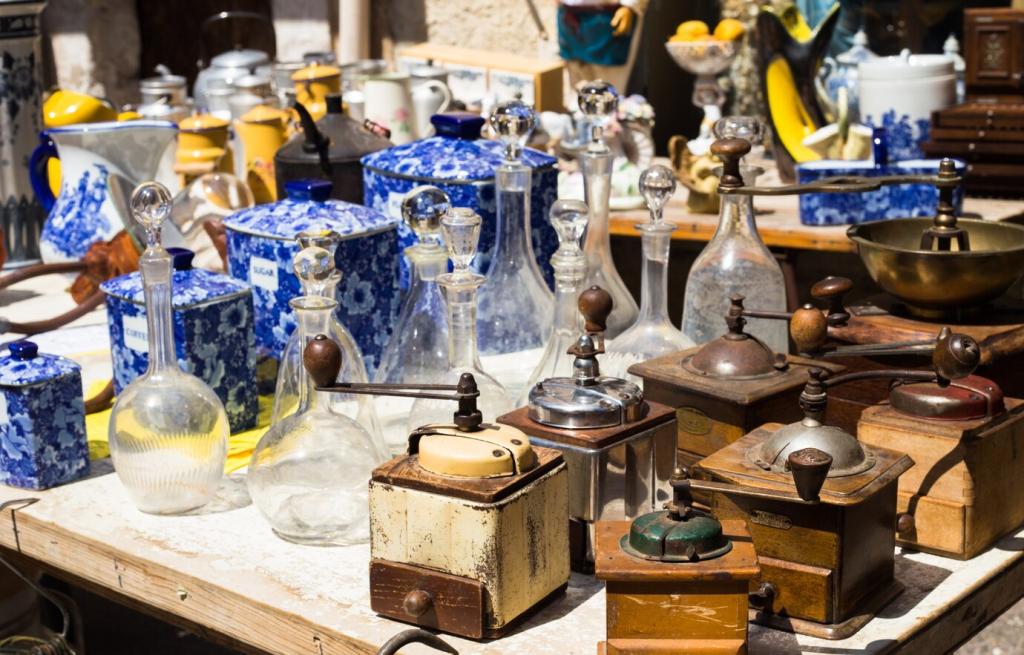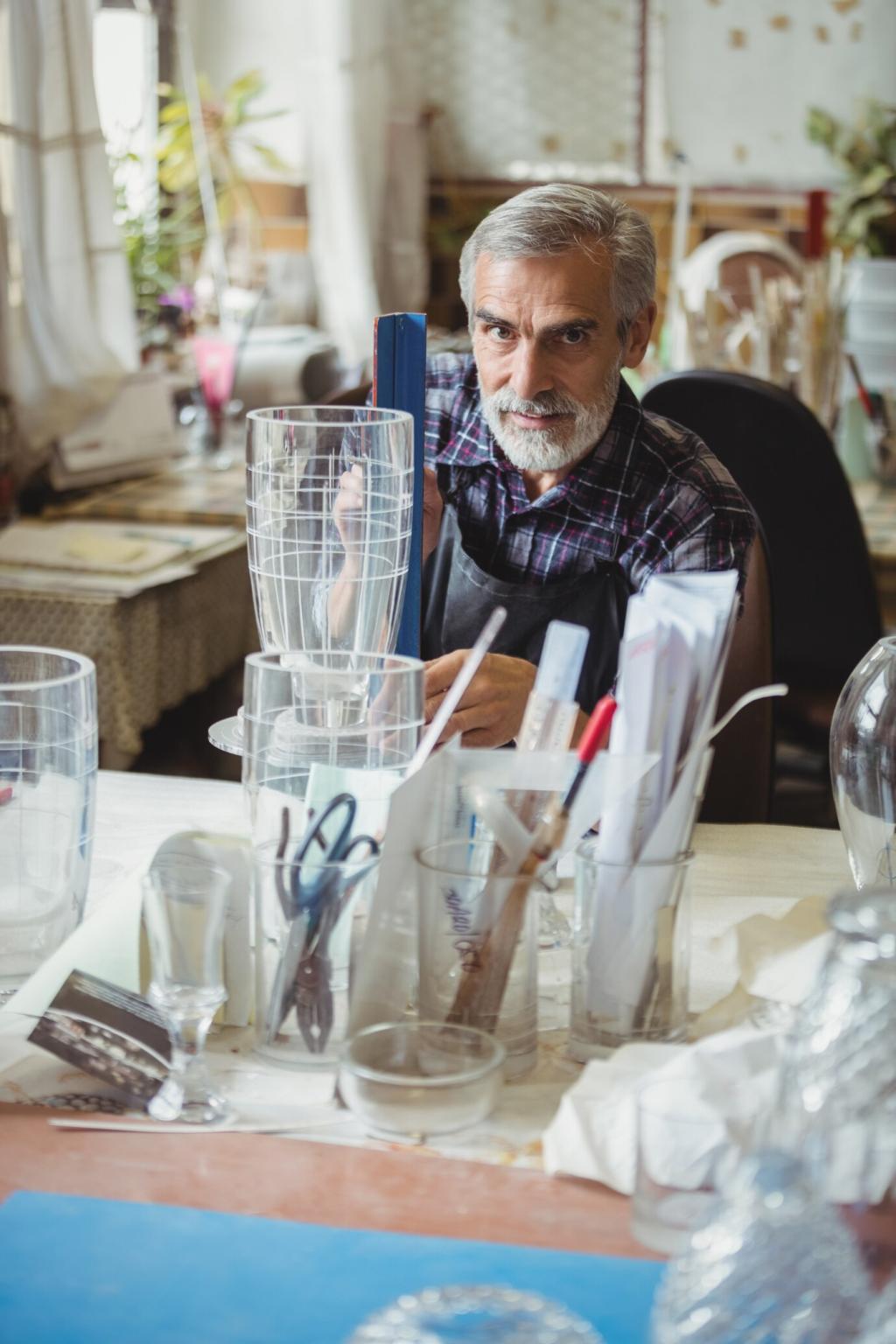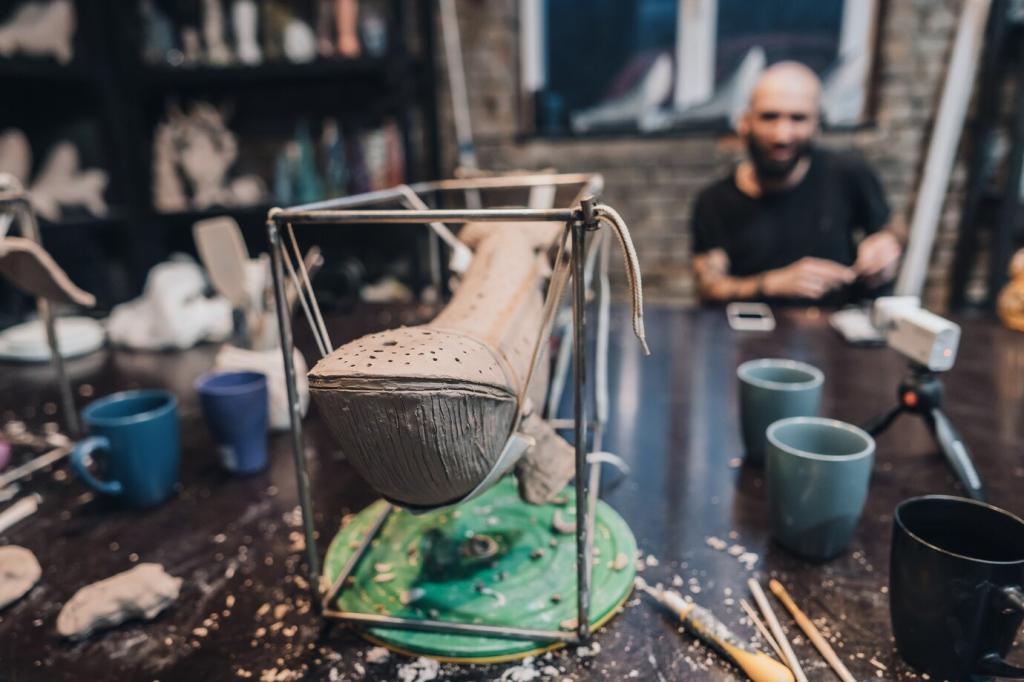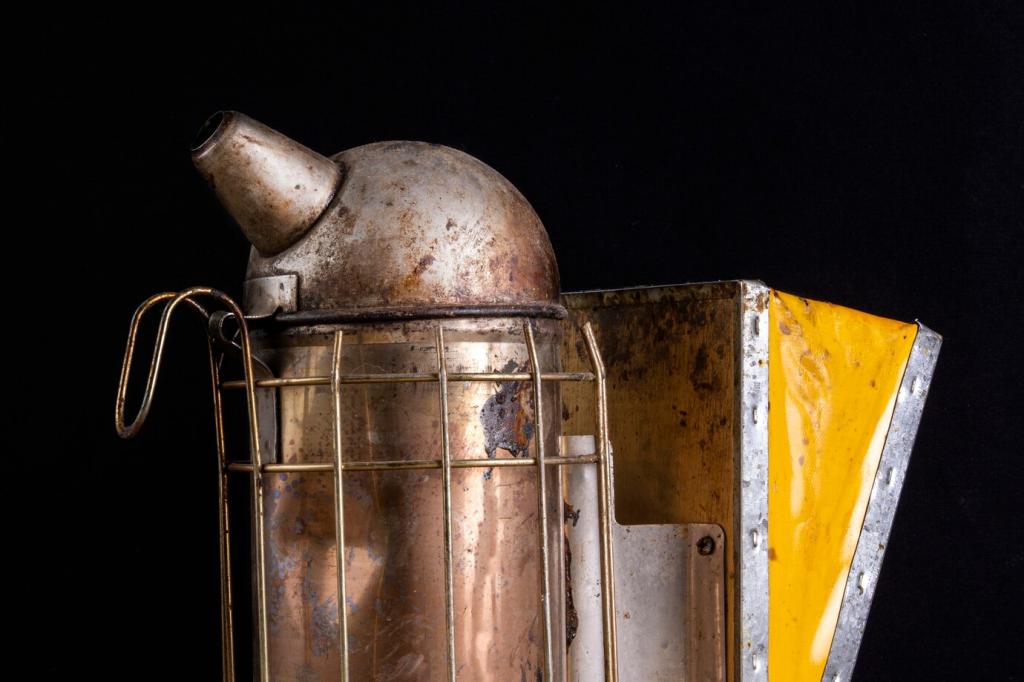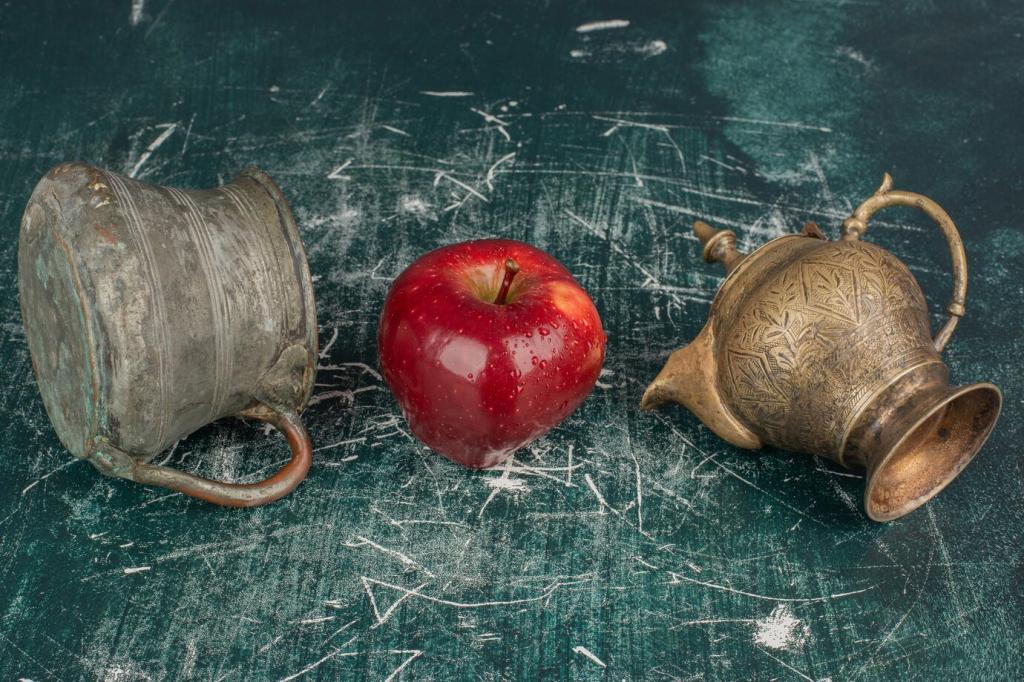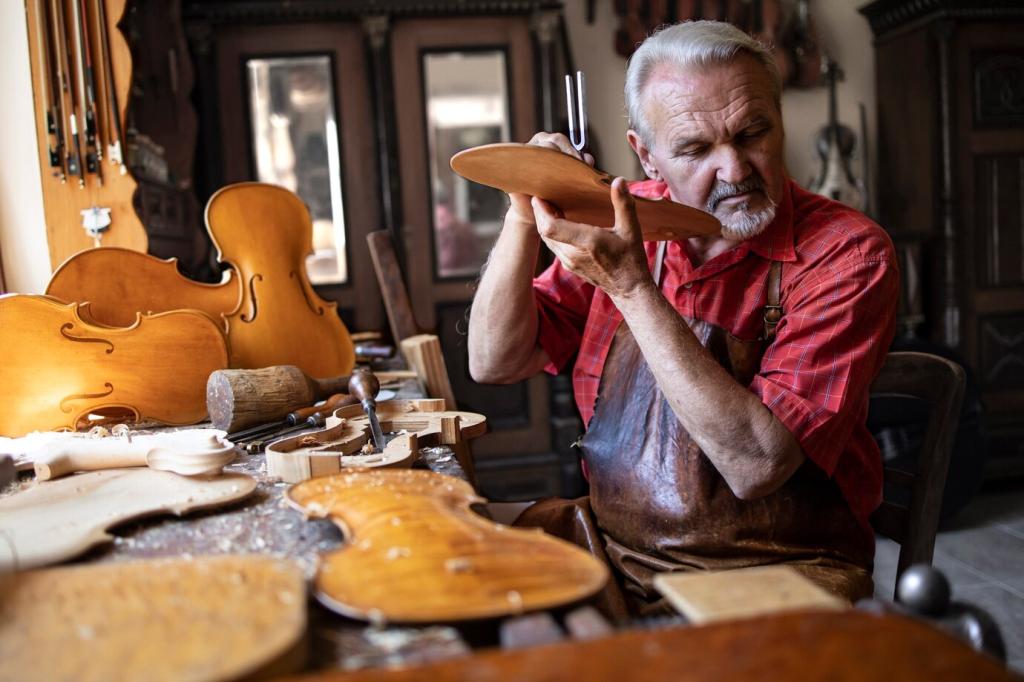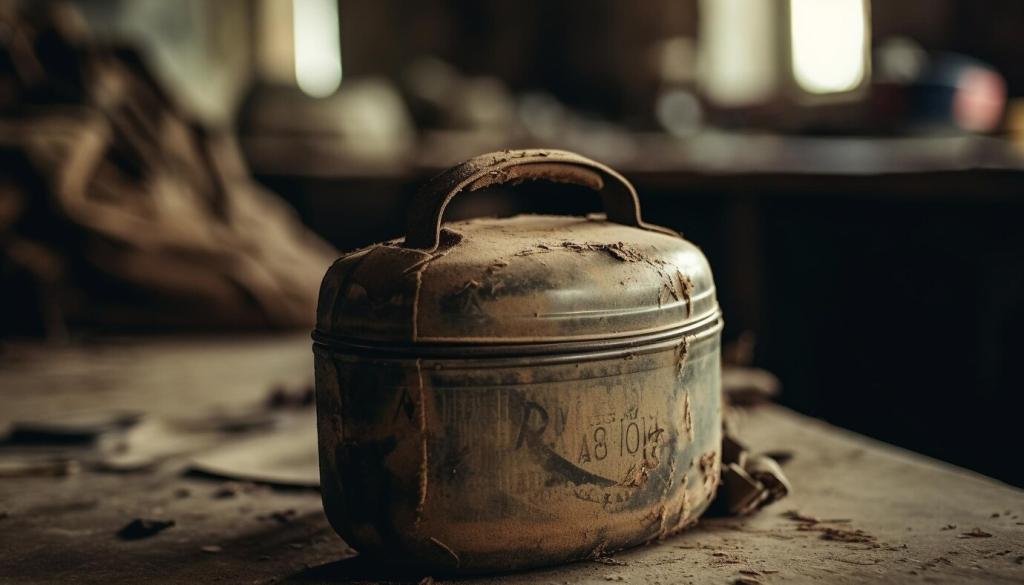A Story: The Walnut Sideboard Rescue
Inherited from an aunt, the walnut sideboard looked dull and grimy, but carvings still glowed beneath the haze. We tested the finish—shellac—then mapped a conservative plan: dry dusting, minimal-moisture cleaning, and a restrained wax to revive depth without gloss.
A Story: The Walnut Sideboard Rescue
Dust surrendered to a goat-hair brush and careful vacuuming. Mineral spirits lifted old polish, revealing a lively grain. With tiny, damp cotton pads, we cleared remaining grime in sections. Comments from readers suggested gentler buffing strokes that improved evenness beautifully.

